Episode 5
Biodegradable Drifting FADs – A Tale of Sustainability in the Tuna Industry
with Marko Kamber
 Marko Kamber is the CEO of the Caroline Fisheries Corporation (CFC). Born in Florida, with both parents having Serbian/Croatian background, Marko studied at the University of Hawaii completing undergraduate studies in Computer Information Systems, International Business (Trade and Finance) and acquired his Master’s in business administration. Later moving to Pohnpei, Federated States of Micronesia in 2007, Marko started working for the CFC as a fisherman and learning how commercial fishing works in the open ocean. The company was originally run by Marko’s father, Milan Kamber, and after some years of training on the ship and on the ground, Marko is now managing the company.
Marko Kamber is the CEO of the Caroline Fisheries Corporation (CFC). Born in Florida, with both parents having Serbian/Croatian background, Marko studied at the University of Hawaii completing undergraduate studies in Computer Information Systems, International Business (Trade and Finance) and acquired his Master’s in business administration. Later moving to Pohnpei, Federated States of Micronesia in 2007, Marko started working for the CFC as a fisherman and learning how commercial fishing works in the open ocean. The company was originally run by Marko’s father, Milan Kamber, and after some years of training on the ship and on the ground, Marko is now managing the company.
Caroline Fisheries Corporation
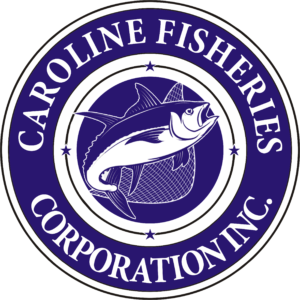 The Caroline Fisheries Corporation is based in Pohnpei, one of the four states of the Federated States of Micronesia. First owned by the State of Pohnpei, the CFC became a privately owned and operated company in 2006. One of their largest areas of focus in recent years has been on environmental and social responsibility – having received MSC certification in 2021. The CFC works with various NGOs and stakeholders for the development of biodegradable drifting Fish Aggregation Devices (FADs) and the continued progress in their social policies.
The Caroline Fisheries Corporation is based in Pohnpei, one of the four states of the Federated States of Micronesia. First owned by the State of Pohnpei, the CFC became a privately owned and operated company in 2006. One of their largest areas of focus in recent years has been on environmental and social responsibility – having received MSC certification in 2021. The CFC works with various NGOs and stakeholders for the development of biodegradable drifting Fish Aggregation Devices (FADs) and the continued progress in their social policies.
The Caroline Fisheries Corporation is mainly a purse seine tuna fishing company with shoreside support facilities for its own and other vessels. With a dock, warehouses, offices, and net repair yard facilities in place, they operate four purse seine vessels in the Western and Central Pacific Ocean for the abundant Skipjack, Yellowfin, and Bigeye species. Recently, the CFC has begun researching ways to create more sustainable drifting FADs.
GSSI and the Caroline Fisheries Corporation
Caroline Fisheries joined the GSSI Partnership in June 2022 in order to collaborate and share ideas around the sustainability of tuna resources. The CFC is the first GSSI Partner from Micronesia – expanding the Global Partnership into a new corner of the world. Together GSSI and the CFC are working to promote sustainable fishing practices for generations to come through continuous dialogue and collaboration.
Marko, can you tell us a little about drifting Fish Aggregation Devices (FADs) and the initiative you have been spearheading?
Drifting Fish Aggregation Devices (FADs), are structures deployed in the ocean with the aim of attracting and aggregating fish. They are designed to float and move with ocean currents. They typically consist of a buoyant structure floating on the ocean surface, often tethered to the seafloor with a weighted anchor or left to drift freely. Fishermen use drifting FADs to concentrate fish in a specific area, making it easier to locate and catch them. The increased utilization of FADs in recent years has raised consistent concerns, primarily centered around the environmental repercussions caused by stranded structures, leading to harmful waste along regional coastlines.
We began working with the International Seafood Sustainability Foundation (ISSF) – motivated by a shared commitment to addressing these concerns. Presently, our ongoing partnership with ISSF, as well as SPC, involves extensive experimentation with various biodegradable materials suitable for FADs. In our initial trial phase, we employed manila rope for constructing nettings and ropes, only to encounter rapid failure due to the materials degrading too swiftly in challenging ocean conditions. Subsequently, our focus shifted to utilizing cotton canvas and cotton ropes without netting, resulting in significantly improved outcomes.

Biodegradable FAD workshop at the CFC compound in Pohnpei
How can the use of these FADs result in more sustainable tuna in the market?
The use of these FADs can contribute to the overall sustainability of tuna fisheries. A transition to exclusively biodegradable materials for FAD construction will result in lower environmental impacts on coastlines and the ocean. These materials can break down over time, reducing the risk of FADs becoming persistent marine debris. We firmly believe that by aligning with scientific stock assessments and embracing this approach, it offers a superior solution for our fishery. It underscores the collective responsibility of the entire industry to act as conscientious stewards of the environment. The use of biodegradable FADs can be integrated into a broader framework of sustainable fisheries management to result in more sustainable tuna in the market.
It underscores the collective responsibility of the entire industry to act as conscientious stewards of the environment.
Can you elaborate on how sustainability projects, such as the drifting FAD project, have the potential to enhance social responsibility efforts?
Projects such as these have the potential to significantly enhance social responsibility efforts in various ways, particularly through education, training of crew, and by incorporating responsible practices throughout different phases of the project.
- Education and Awareness:
- Crew Training: Integrating educational programs into the crew training process raises awareness about the environmental impact of traditional FAD materials and the benefits of using biodegradable alternatives.
- Stakeholder Engagement: Engaging with the local community fosters understanding and support for sustainable fishing practices.
- Material Selection and Construction:
- Training on Biodegradable Materials: Specialized training to crews on the properties and handling of biodegradable materials used in FAD construction. This ensures proper utilization and maintenance, maximizing the effectiveness of the biodegradable components.
- Monitoring and Data Collection:
- Crew Involvement in Monitoring: Engaging crew members in data collection efforts related to FAD performance and environmental impact. This involvement not only contributes valuable information but also fosters a sense of ownership and responsibility.
- Post-Deployment Activities:
- Training on Retrieval and Decommissioning: Educating crews on the proper methods for retrieving and decommissioning biodegradable FADs. This includes best practices for recycling or disposing of materials in an environmentally friendly manner.
- Continuous Improvement:
- Crew Involvement in Innovation: Encouraging crew members to contribute ideas for improving the sustainability of FAD projects. This collaborative approach fosters a sense of shared responsibility and a commitment to continuous improvement.
By integrating education and training throughout the different phases of a project, not only does it minimize environmental impact, but it also creates a socially responsible framework that empowers crews and communities to actively contribute to sustainable fisheries management. This holistic approach aligns economic goals with environmental and social responsibility, fostering a more balanced and resilient fishing industry.
By integrating education and training throughout the different phases of a project, not only does it minimize environmental impact, but it also creates a socially responsible framework that empowers crews and communities.
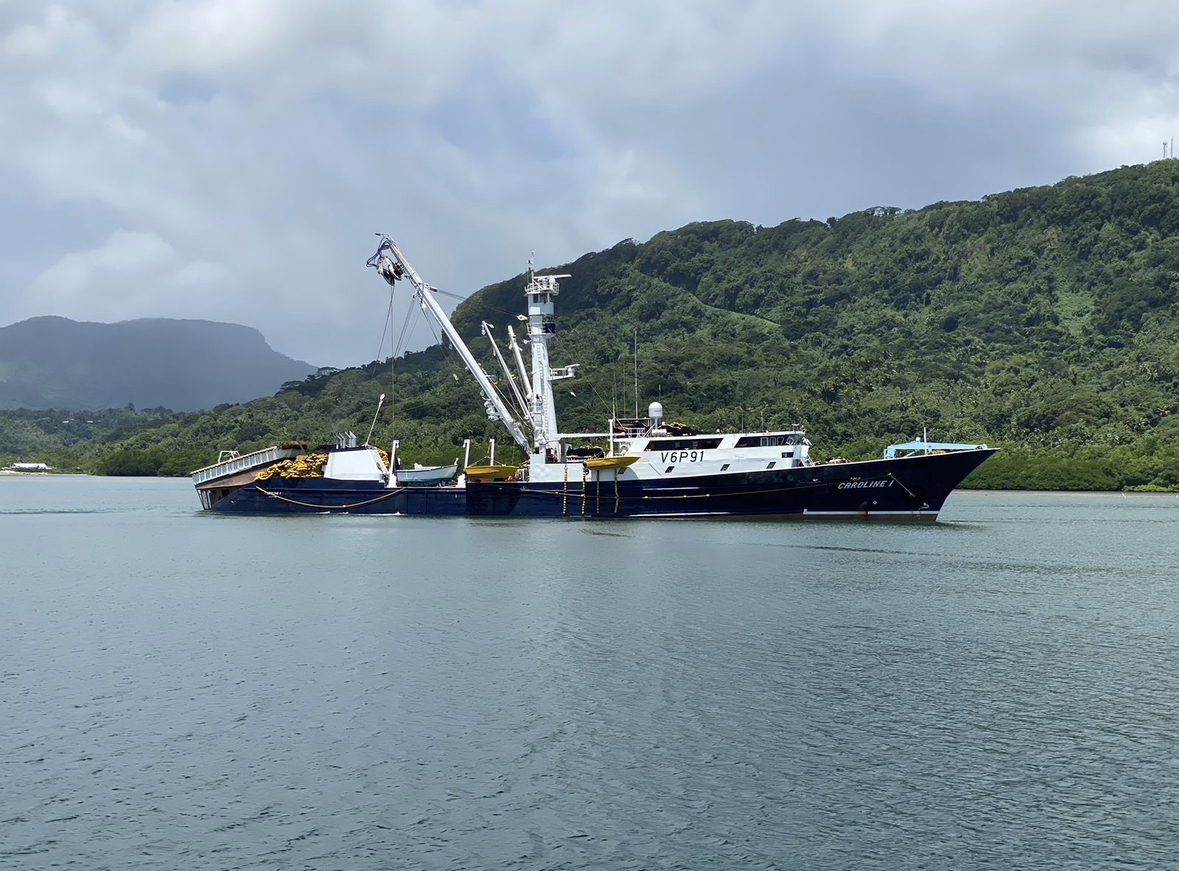
Thank you for sharing about your innovative project. Can you shine a light on why CFC decided to join the GSSI Partnership?
My introduction to GSSI came through a colleague in the industry, and upon exploring the impressive initiatives detailed on GSSI’s website, my interest was piqued. It became clear that I wanted to actively contribute to the collective endeavor of sharing and fostering sustainability ideas within the group. We are one of GSSI’s newest Partners and thus far, our experience has been positive. I commend the organization for its valued commitment to driving forward more sustainable seafood and I look forward to collaborating more moving forward.
Lastly, what do you find to be the most challenging aspect of the industry for purse seine fishing companies like yours?
Navigating the unpredictable waves of tuna prices remains a central challenge in our industry, requiring agile strategies to cope with the frequent shifts. The volatile nature of the market demands constant adaptability as we strive to balance production costs with fluctuating revenues. Adding to this complexity, the heightened costs of fuel, exacerbated by the ongoing conflict in Ukraine, have cast an additional shadow on our operations. The geopolitical turmoil has contributed to a surge in fuel prices, escalating operational expenses and adding an extra layer of financial uncertainty. In tandem, the ripple effect of high global inflation further amplifies our ongoing challenges, necessitating a keen focus on cost management and operational efficiency.
Despite these formidable headwinds, our commitment to resilience and innovation remains intact. This commitment positions us to not only weather the current storm but also to emerge stronger and more adaptable in the face of the ever-evolving landscape of the tuna industry.

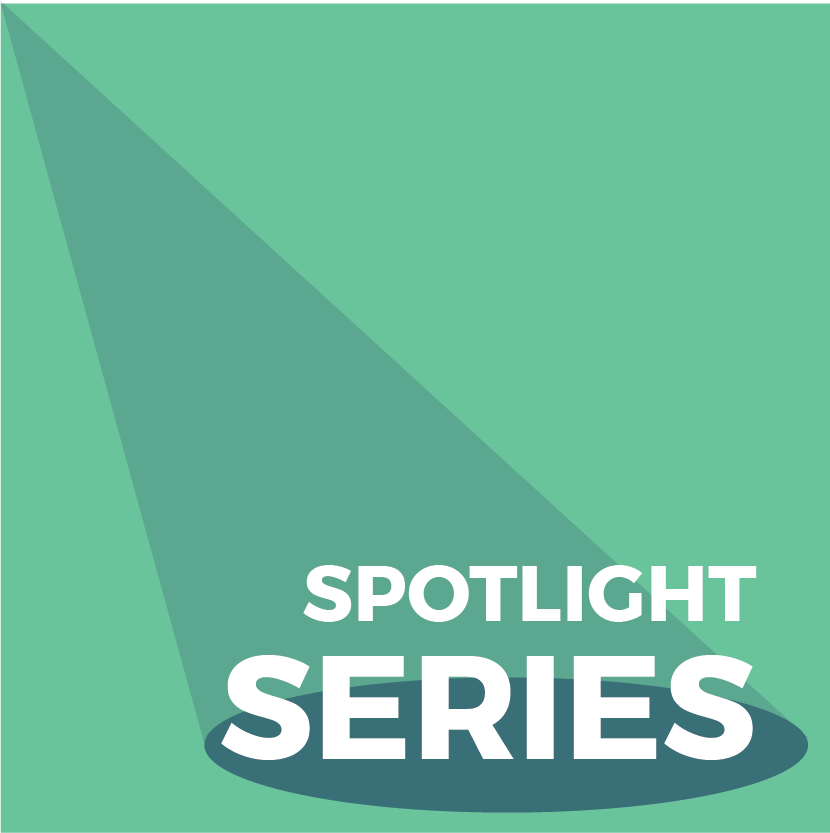
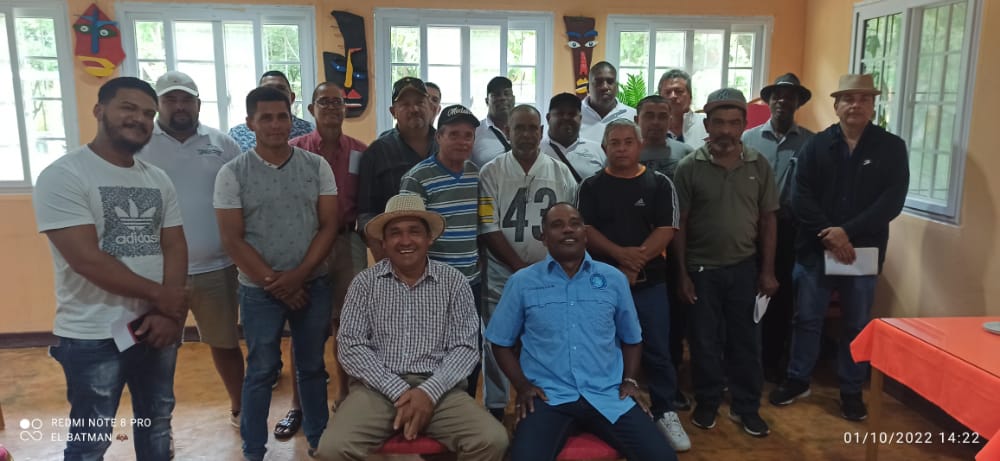
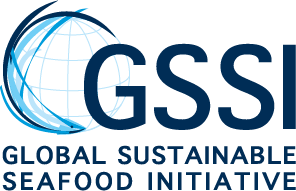
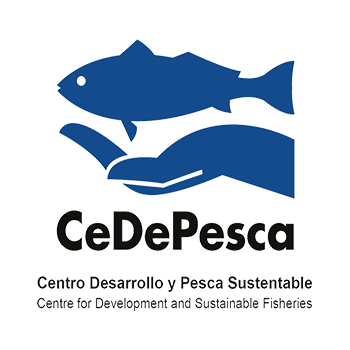

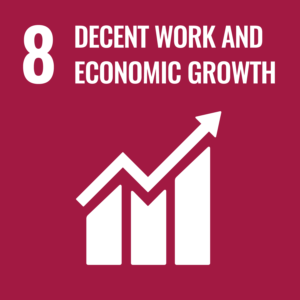
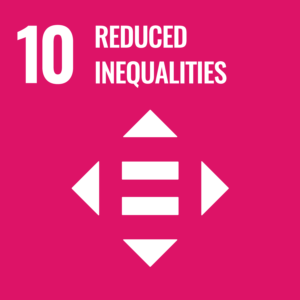
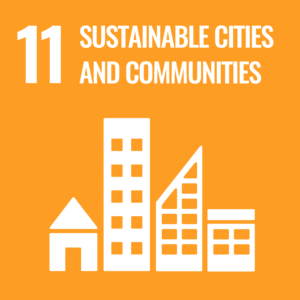
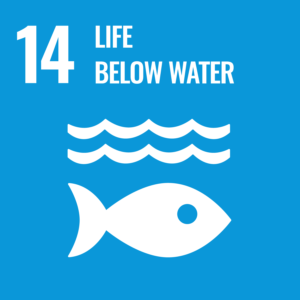
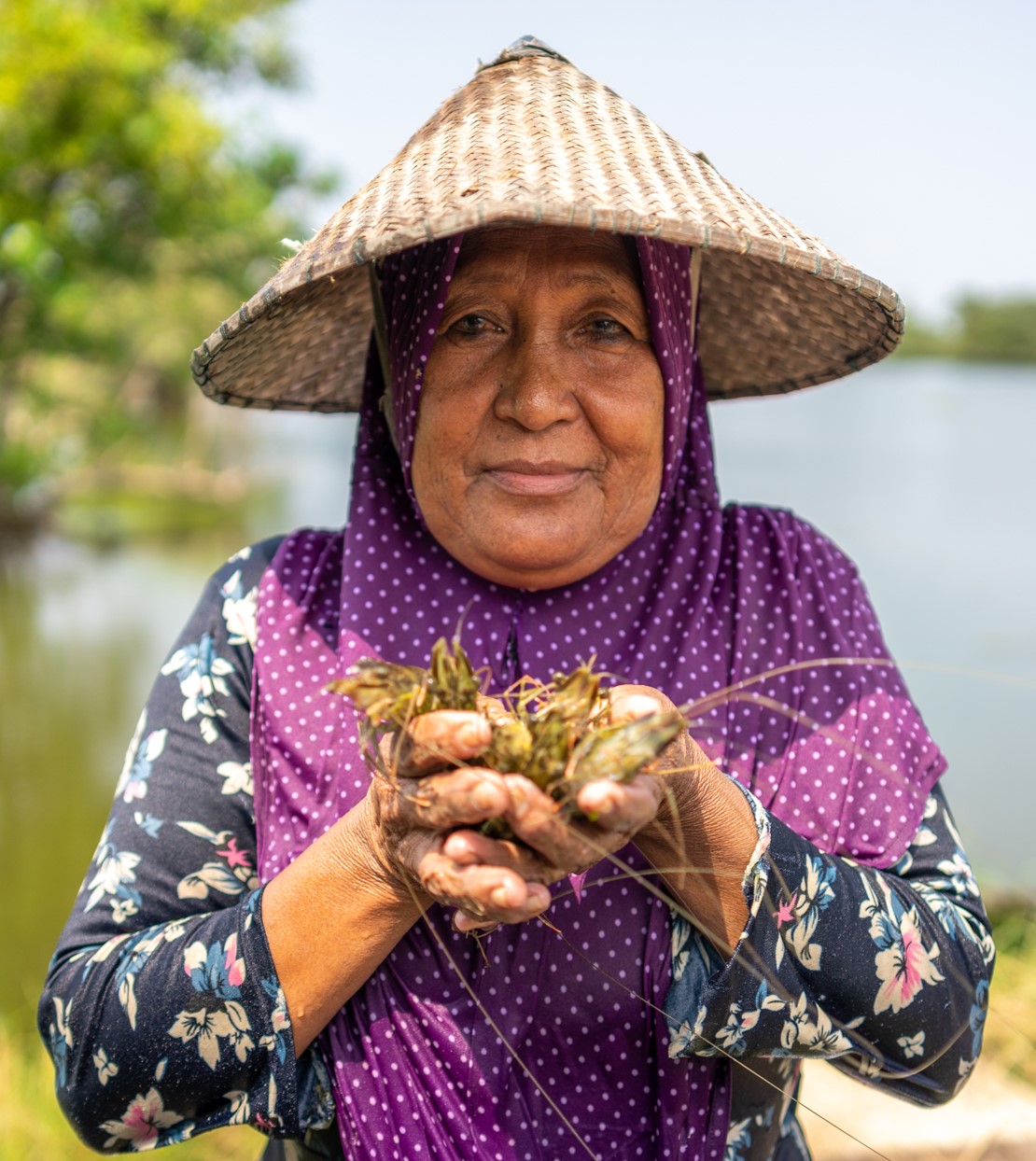
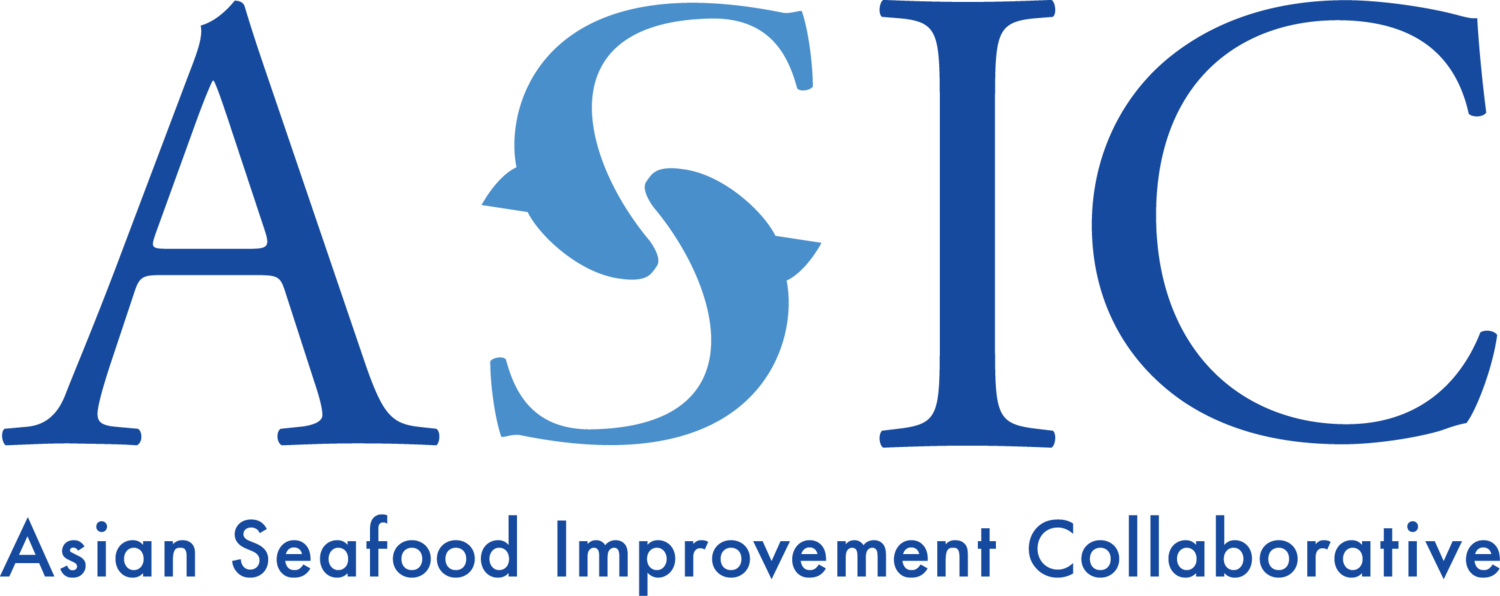
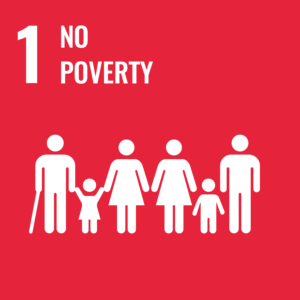
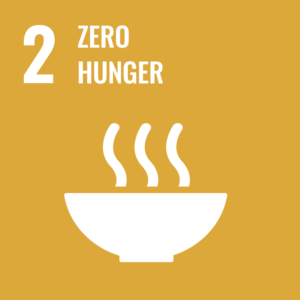
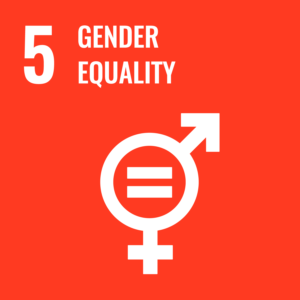
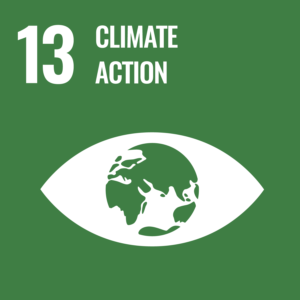
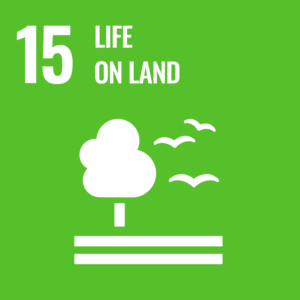
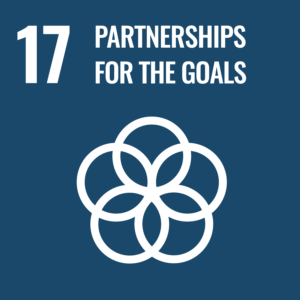
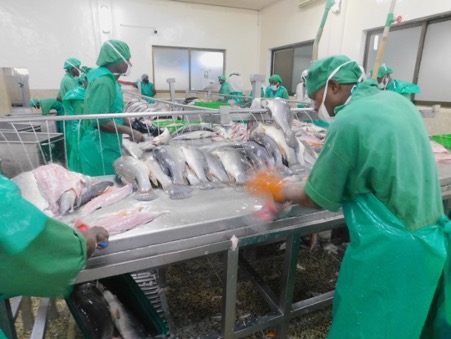

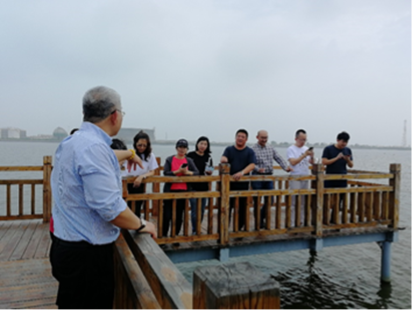
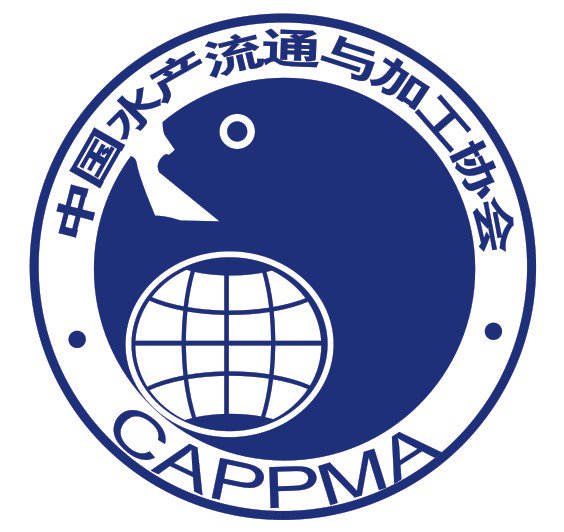
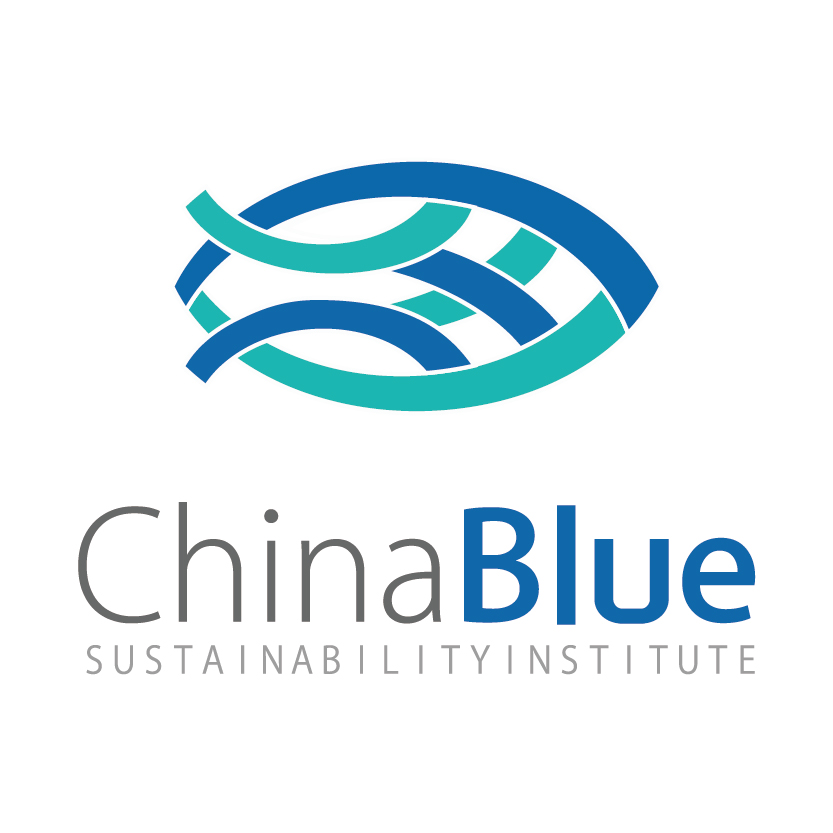
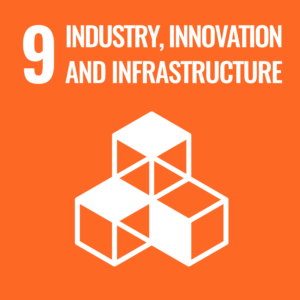
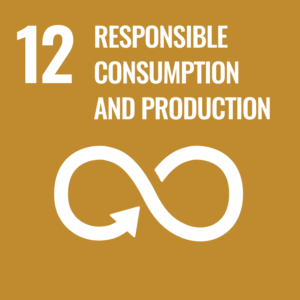

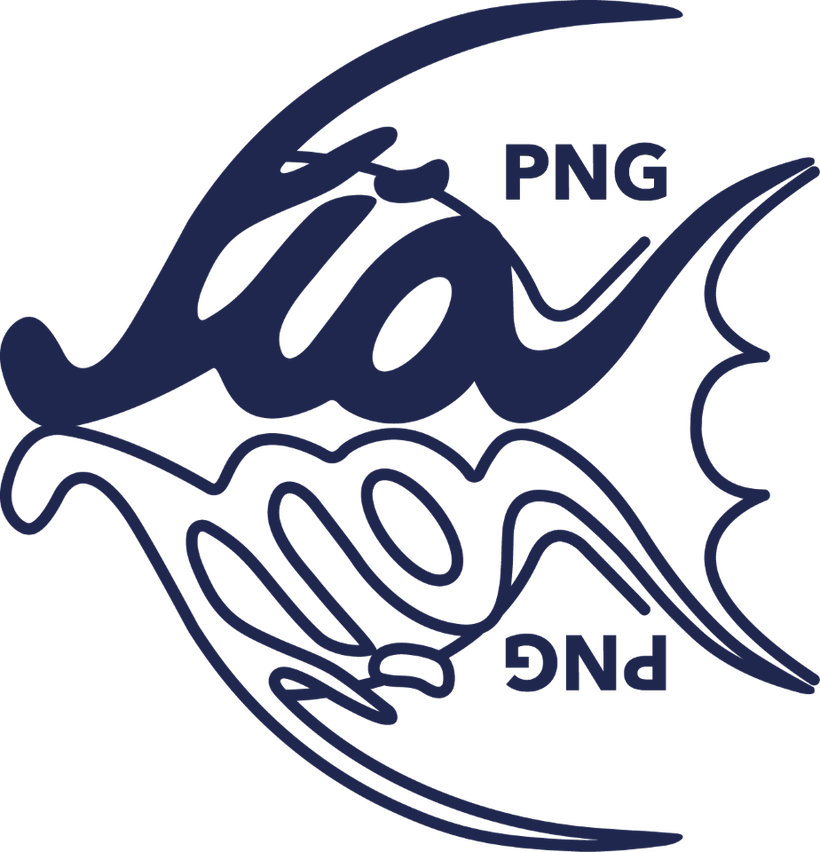
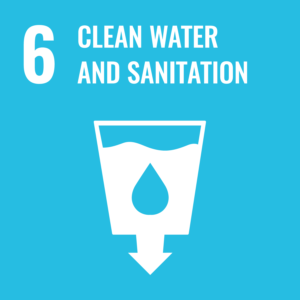
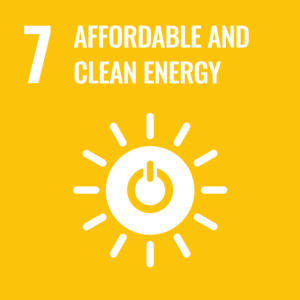
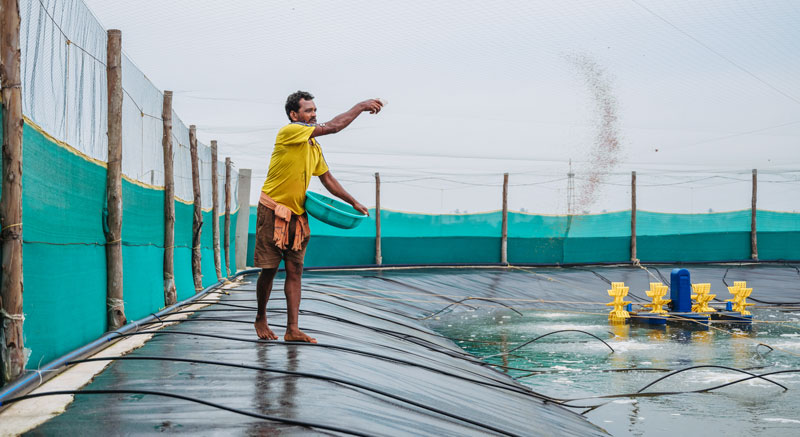

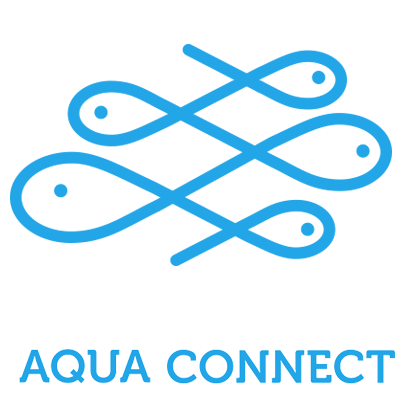
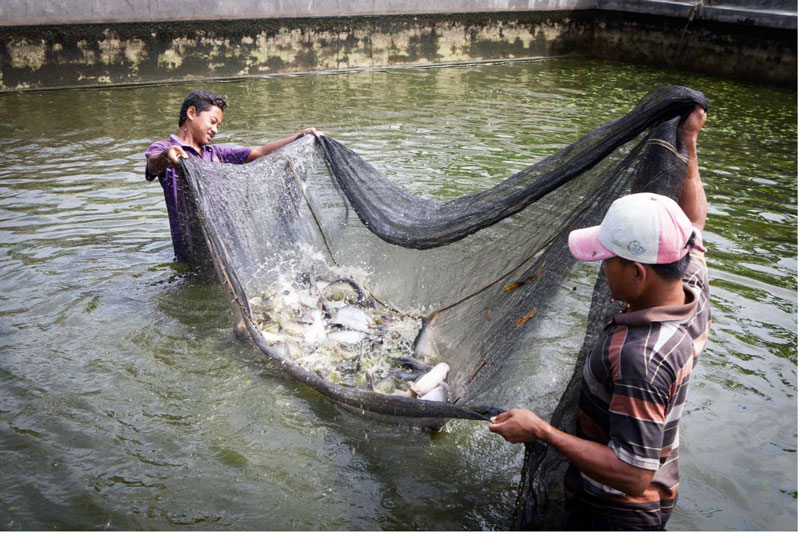
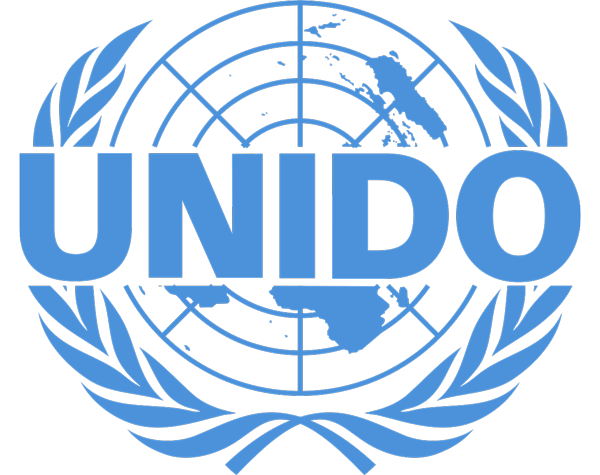
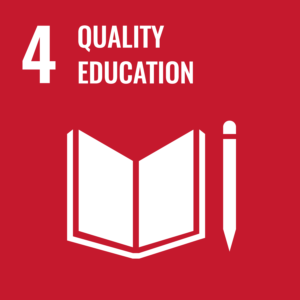
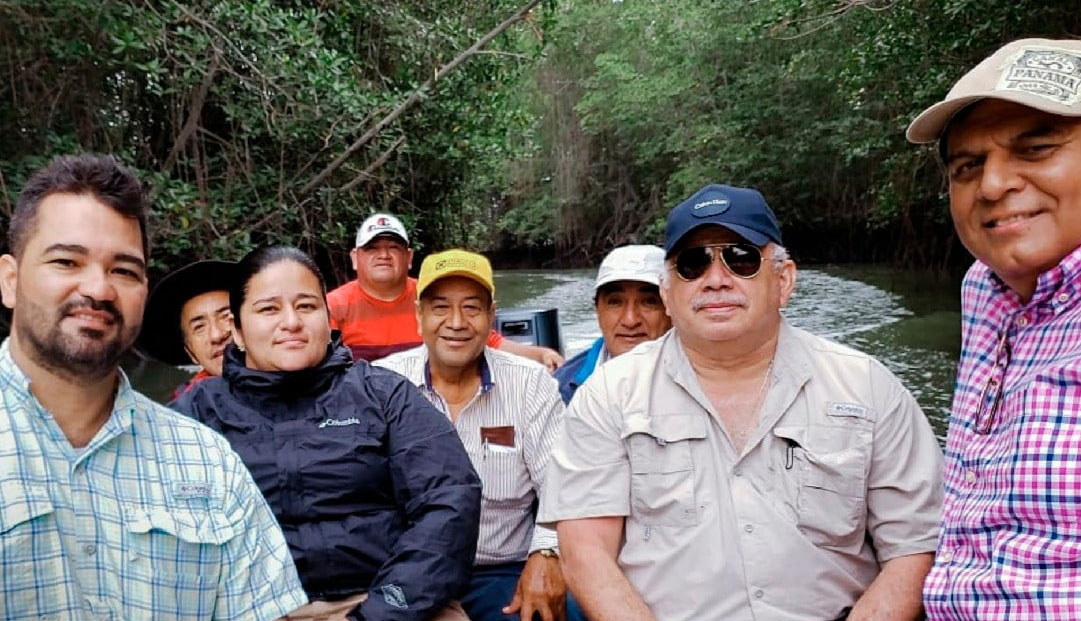
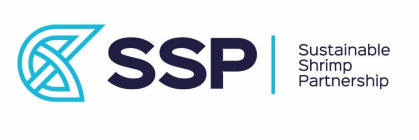
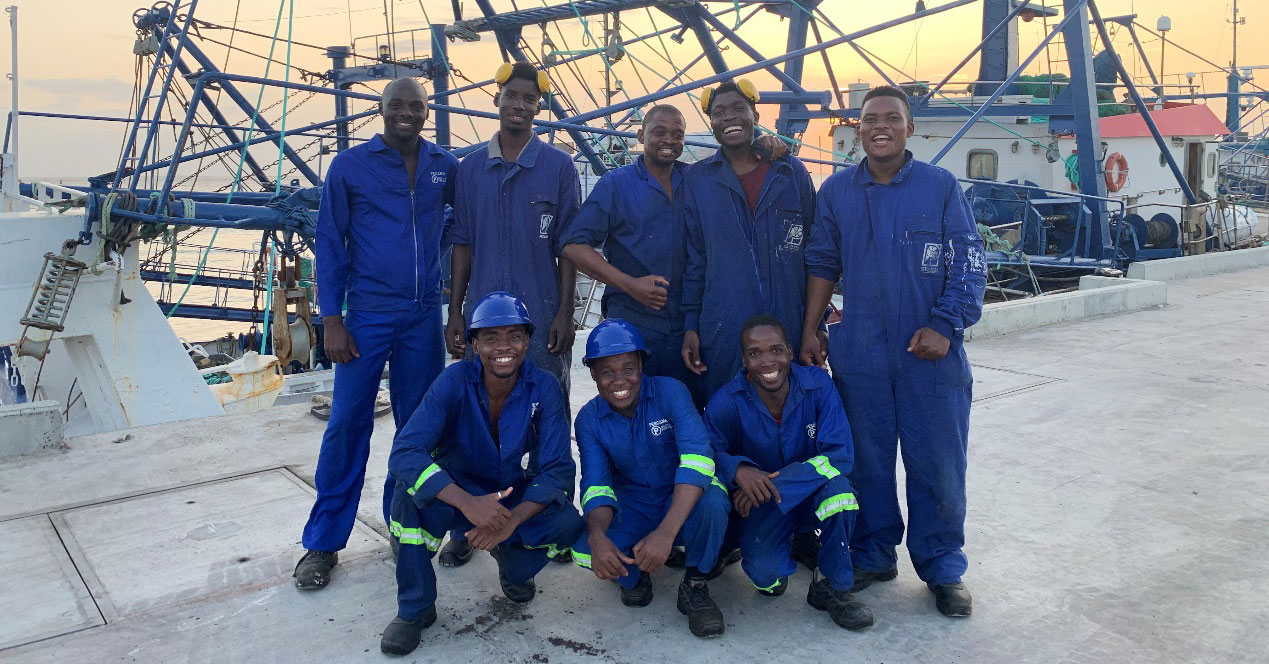
![PSC002_PescamarVertical (1)[17]](https://www.ourgssi.org/wp-content/uploads/2022/02/PSC002_PescamarVertical-117.jpg)